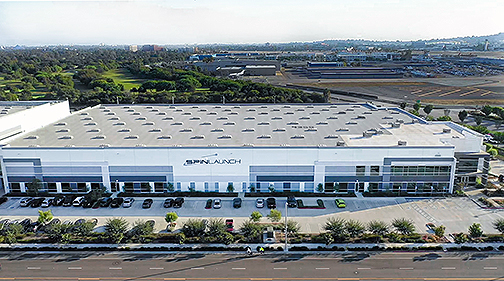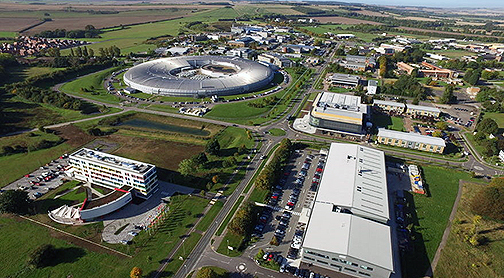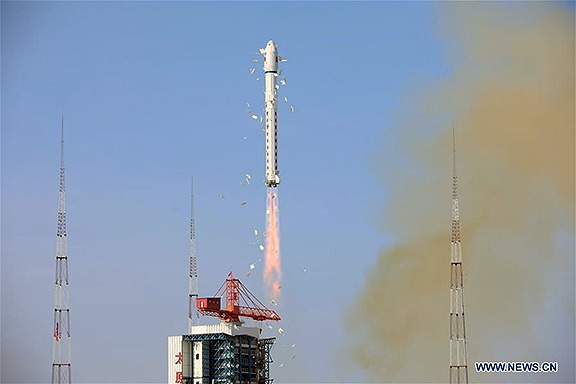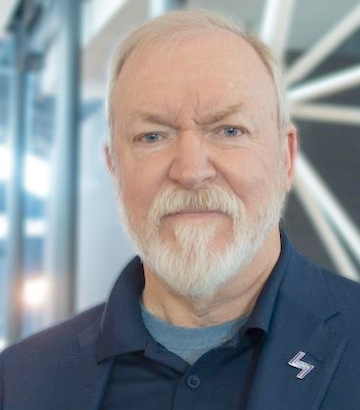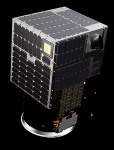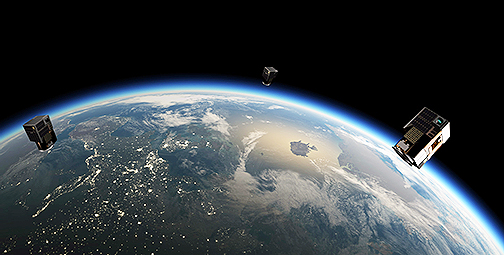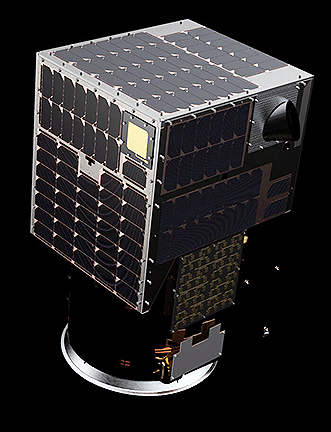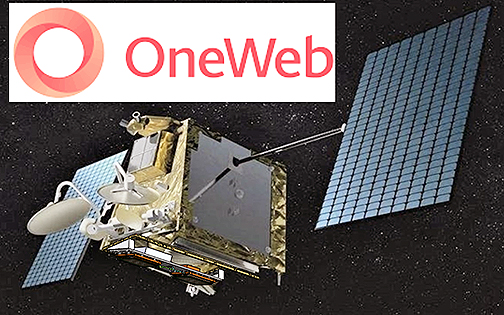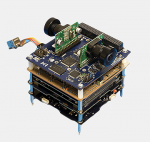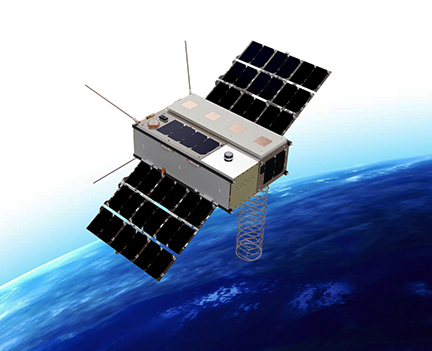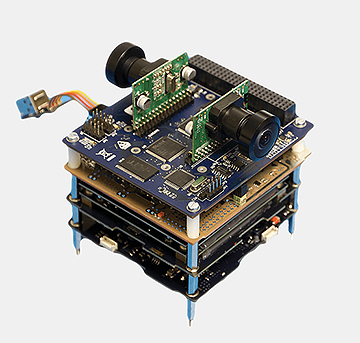
Posted at the Advanced Television infosite is a report that OneWeb has announced a new distributor partnership with Pacific Dataport (PDI), a company founded by Microcom, a supplier of satellite communication systems, in Alaska.

The collaboration will enable delivery of OneWeb’s high speed, low latency, communications services across Alaska. This agreement marks a key milestone in service-readiness for OneWeb’s Network and its commitment to bring high-speed internet to the Arctic region.
PDI’s distribution agreement with OneWeb ensures that customers in the Arctic will enjoy OneWeb services as early as Q4 2020. Alaska’s unique qualities mean that it is a center for economic growth, and OneWeb’s seamless global network will be a key enabler of regional initiatives such as the collection of climate data, and the growth of a digital economy.
PDI was founded to bring connectivity to all of Alaska and it has a strong commitment to local community projects such as Alaska Seeds of Change, Alaska Healing Hearts, and several other local initiatives. OneWeb shares with PDI this ethos of local collaboration; Alaska is the home of one of the six remote schools chosen to enjoy free OneWeb connectivity.

Artistic rendition of a OneWeb satellite.
Campbell Macfarlane, President OneWeb Enterprise, said, “Working with PDI has been a fabulous collaborative experience.Their knowledge, deep customer relationships and prominence in Arctic commercial regions make it a natural fit to accelerate take-up of OneWeb’s Enterprise propositions. PDI immediately recognized the potential of OneWeb’s solutions to deliver high throughput, low latency services to customers in a broad range of markets.”
Chuck Schumann, CEO Pacific Dataport, added, “PDI is proud to sign Alaska’s first significant LEO service agreement with OneWeb as a network service provider. PDI is at the forefront of the satellite industry, continually looking ahead and implementing the very latest technologies available in the market for our customers. We are delighted to be working with OneWeb, who will provide us with high-speed broadband coverage to serve our customers in Alaska and the Arctic. PDI now has the advantage of being one of the first to be able to demo OneWeb’s service in Alaska and in the Arctic region from the end of this year, and already the enthusiasm from our customers to test and trial OneWeb services has been significant.”





